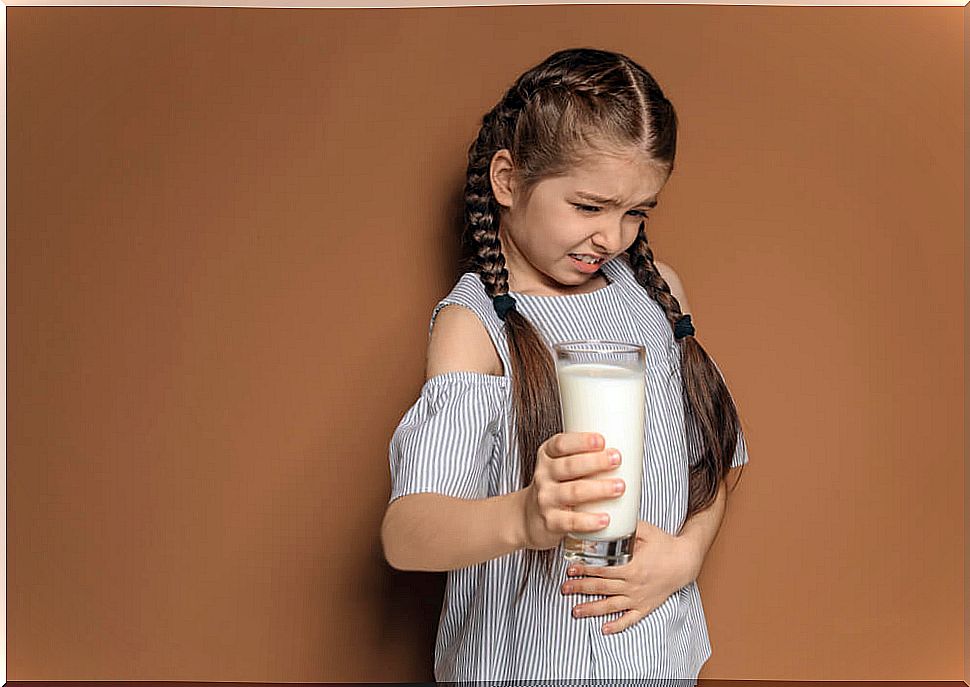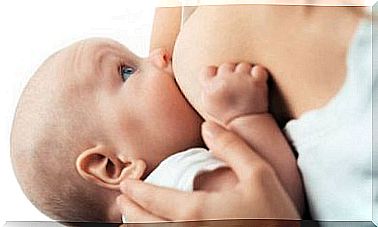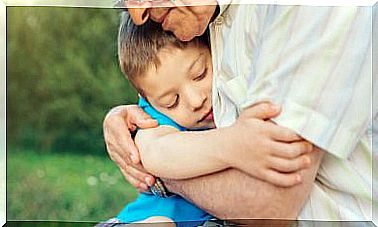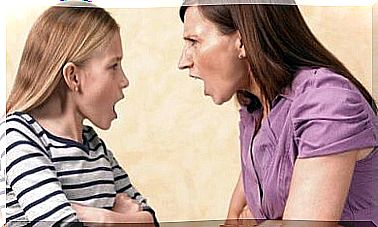The Most Common Allergies In Children
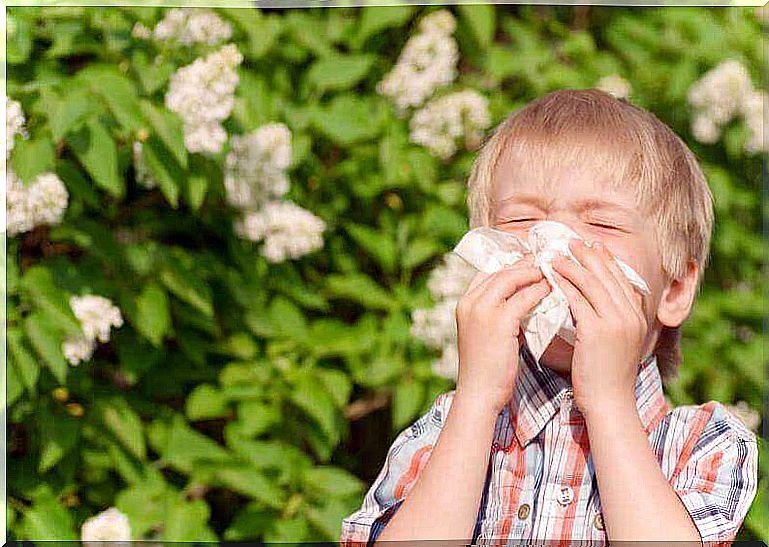
Approximately 50 million adults in the world suffer from the most common allergies; These are conditions that usually appear during the first years of life. An allergy can affect sleep, your child’s ability to perform recreational and academic activities, which is why it is so important to watch for the signs.
In general, allergies manifest themselves through skin irritations, food poisoning or respiratory system difficulties. These manifestations are part of the defense mechanism of the immune system to defend the body from something that is perceived as invader.
It should be noted that the allergenic factor can be a food, pollen, a medicine, and even a pet’s hair.
What are the most common allergies?
1. Food allergies
Food poisoning usually comes from any of these products: milk, eggs, peanuts, almonds, chestnuts, walnuts or other dried fruits, fish, shellfish (crab, lobster, or shrimp), soybeans, and wheat.

When introducing a new food to your child’s diet, it is important that you monitor how his body reacts in the following hours. In this way, you can detect if you have any symptoms that may indicate an allergy. Of course, the diagnosis will be provided by the doctor once he examines the little one.
2. Allergies to some animals
The presence of animals in the home can also cause allergy symptoms. You must be clear that what causes the allergy is not directly the animal, in many cases the most common allergies are caused by dead cells, saliva, urine or the skin of animals.
If your child sneezes or yawns a lot after playing with their pet, it may be necessary to check for an allergy.
Symptoms
If you suspect that one of your children has an allergy, you should check for symptoms such as red, inflamed and itchy eyes that persist for a week or two, a stuffy nose for much longer than when there is a normal cold or itchy mouth. or throat. The ears are also sensitive to allergy symptoms.
In many cases, they may have a fever. Rhinitis can also manifest itself in a chronic form. In this sense, monitor how often and under what circumstances these conditions appear in order to identify the origin of the allergy.
- Skin breakouts, tightness, redness, patches and hives: Very small spots or large red patches or hives that cause discomfort, irritation and itching.
- Stomach problems: colic, repeated episodes of diarrhea, among others.
- Other signs of the presence of an allergy: headaches, fatigue, listlessness, irritability, etc.
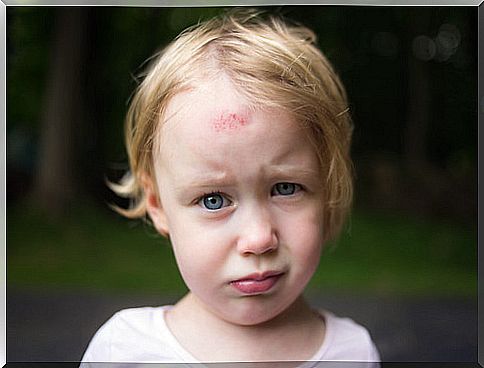
What to do when an allergic condition occurs?
- Ask your pediatrician for advice on the most effective and friendly medicines to treat or prevent allergy symptoms that your children present.
- Take care of your diet and if the doctor recommends it, discard certain foods or reduce the frequency of consumption.
- One tip for all parents of allergic children is to read grocery labels carefully to make sure they do not contain allergens.
- Avoid exposing your children to cigarette smoke, especially indoors.
- Keep windows closed in the spring to prevent more pollen from getting in.
- Clean the house frequently to prevent children from being exposed to dust.
- Try to reduce children’s contact with pet hair. You should also avoid certain plants for interior decoration.
In addition to taking into account the above advice, it is important that you consult with your pediatrician or allergist as soon as possible to ensure that you apply the most appropriate measures from the first moment. In this way, you will provide well-being for your child and you will know how to act in the different situations that may arise from an allergic condition.
